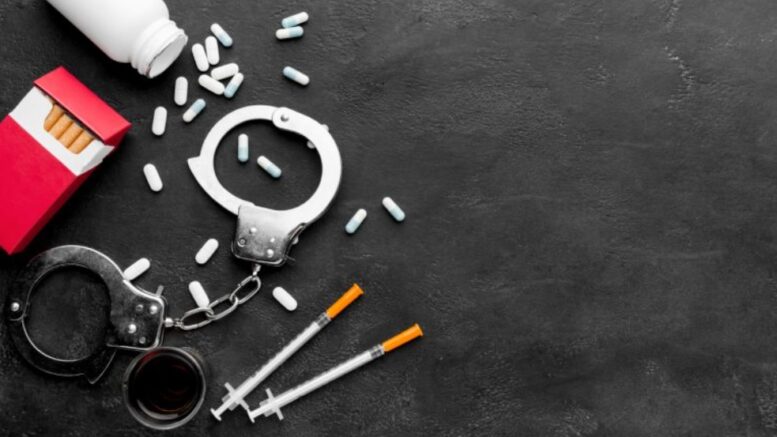In today’s whirlwind of news cycles, where fleeting trends often overshadow hard-hitting facts, a chilling statistic stands tall, demanding our undivided attention. As highlighted by a recent revelation from Gilmore Health, men, regardless of their racial background, are a jaw-dropping 20 times more likely than women to find themselves in fatal encounters with the police. But wait, there’s more beneath this alarming headline. Lurking below is a deeper, more insidious issue that’s been identified: the profound mental health aftershocks experienced by communities touched by these violent episodes.
The Stark Reality of Police Encounters: Unveiled
The numbers? They’re nothing short of startling. A study by the U.S. National Academy of Sciences has shockingly revealed that an estimated one in 1,000 black African American men will, at some point in their lives, face a fatal encounter with the police in the United States. This grim statistic makes them 2.5 times more susceptible to such a fate compared to their white counterparts. And while men are predominantly at the forefront of this risk, women aren’t left untouched. Black women, it has been found, are 1.4 times more likely to be killed by police than white women.
A Universal Menace, But Not Equally Distributed
The looming threat is universal, but its distribution? Not so much. Hispanic men and boys, as per the data, face a risk that’s 1.4 times higher than whites. For Native American men, the odds swing between 1.2 to 1.7 times. These disparities, which are hard to digest, spotlight the intricate dance of race, gender, and systemic biases in law enforcement encounters.
The Mental Health Aftershock: A Silent Scream
Beyond the immediate victims, a ripple effect is felt. A study from The Lancet medical journal has thrown light on a disturbing aftermath: police killings of unarmed black men have been linked with a surge in mental health issues, including depression and emotional disorders, among black residents in the affected state. The early twenties, typically a time of youth and promise, emerges darkly as a perilous period, with police use of force being responsible for 1.6% of all deaths among Black men aged 20-24.
The Ripple Effect on Communities: A Web of Trauma
Beyond the immediate victims and their grieving families, entire communities find themselves ensnared in the trauma of police violence. The omnipresent fear of a potentially fatal police encounter can lead to chronic stress, anxiety, and a pervasive sense of mistrust towards those in uniform. This anxiety, it has been observed, can hinder community cooperation, impede community policing efforts, and further deepen the divide between law enforcement agencies and the communities they pledge to serve.

The Urgent Call for Reform: A Cry Heard Far and Wide
The data, stark and clear, sends a message that can’t be ignored. Police departments across the nation are being urged to undergo rigorous training to de-escalate situations, especially where mental health concerns are evident. The emphasis, many believe, should shift from force to understanding, from confrontation to care. In situations where mental health is a discernible factor, it has been suggested that health professionals, rather than officers, should be the first responders.
A Holistic Approach to Healing: The Path Forward
Addressing the issue requires a multi-pronged strategy. While police reform is undeniably crucial, community healing stands equally important. Initiatives promoting dialogue between law enforcement and community members, mental health support structures for affected individuals, and educational programs raising awareness about the psychological impacts of police violence are seen as steps towards a brighter, more harmonious future.
In Conclusion
The crossroads of police violence and mental health is a pressing concern, one that demands immediate attention and action. As communities grapple with the direct and indirect effects of these encounters, the collective call for reform, understanding, and healing grows louder. It is hoped that future generations will be spared from living in the shadow of fear and can place their trust in those sworn to protect them.
